Growing Calotropis procera from seed
Mary Leek
7 years ago
Featured Answer
Sort by:Oldest
Comments (16)
Iris S (SC, Zone 7b)
7 years agoJeannies_Garden (Tx 9a)
7 years agoRelated Discussions
Starting Swan Milkweed & Calotropis MW seeds
Comments (9)I sure hope things start looking better soon down here. A few milkweeds planted in the ground in the yard have shown a few leaves. And I have some in potted plants that are okay. But on my property, no milkweeds growing so far. Wildflowers for nectar outside the yard? One flower open now on the front slope. I feel bad for the butterflies. We need rain bad. Too dry again. At least the Carolina Jessamine in the back yard is blooming a bit. A few small plants that I recently bought also, plus my rue...thank goodness for rue blooms! A few GFs around, sulfurs, even an occasional snout butterfly. The Red Admiral have mostly moved on....See MoreCheap Alluaudia procera at HD. But will it grow here (Bay Area)?
Comments (5)Mark, Put in in the sunniest, warmest spot in your yard, with good drainage, and let 'er rip. Of course, you can keep it in a pot there and put it somewhere warmer in the winter until it reaches a largish size, as more mature plants are hardier than young ones. This is a great plant (heck, all of the genus is, along with the related and more tender Didieria) and towers of it are a striking sight to behold, as turtle shows. Thanks for showing that plant, btw - I've enjoyed many times in person. This post was edited by cactusmcharris on Tue, Jul 1, 14 at 11:20...See MoreWANTED: Calotropis gigantea giant milkweed
Comments (1)I would like to know how to propagate Giant Milkweed. I have the Gigantea viariety which DOES NOT produce seeds nor is fragrant compared to the Calantropis procera. The gigantea is the one that is velvety, with felt like leaves instead of the green leaves of the Procera. I researched for propagation for a long time but the information about the Procera and the Gigantea are mixed up. When looking up the propagation, they talk about the seeds of the Procera that the Gigantea does not have. Has anybody had success with cuttings and if yes how was it done? Thank You very much. Nathalie...See MoreGiant Milkweed (Calotropis Procera)
Comments (50)sorie6: yes, that's the plant alright, and the place my last year's seeds came from. She sent me 11; all germinated within 5-6 days. No cold stratification needed. With the advent of consistent warm weather, my C. procera grew at a remarkable rate. Give it a fast draining soil, letting it dry out a little bit in between waterings. Mine were growing great until the weather turned wet and cold (didn't get below 32°), when the stems died down. I thought I lost them, but on closer inspection I can see basal sprouts emerging just above the soil line in the hardened wood. All of the herbaceous sections of the plants withered in the cold. I'd just buy some seeds from SmartSeed and start them soon. They grow extremely fast, one of mine producing flowers within 4-6 months upon germinating. If I get any viable seed from them later in the season, I'll surly offer some here....See MoreMary Leek
7 years agoJeannies_Garden (Tx 9a)
7 years agoMary Leek
7 years agoMary Leek
7 years agoJeannies_Garden (Tx 9a)
7 years agoscfl4766
6 years agoCassandra Stierheim
3 years agonickcats
3 years agoMary Leek
3 years agonickcats
3 years agoMary Leek
3 years agonickcats
3 years ago
Related Stories
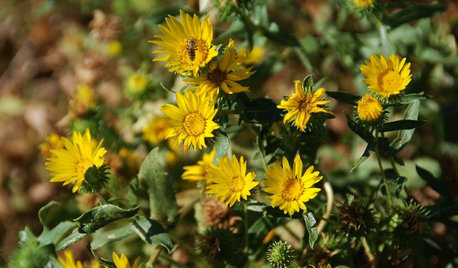
GARDENING GUIDESGreat Design Plant: California Grindelia Species for Beneficial Insects
Use gum plants as reliable summer bloomers and to provide habitat for California native bees, butterflies and other beneficial insects
Full Story0
More Discussions



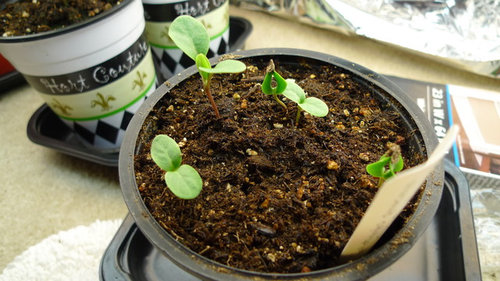

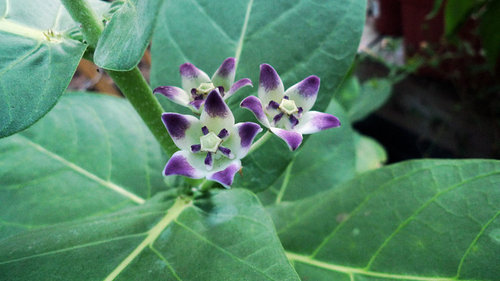
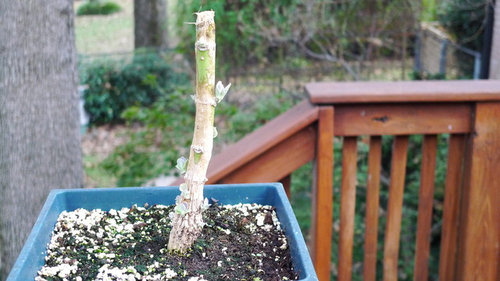
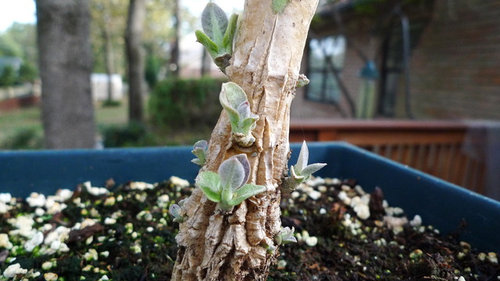
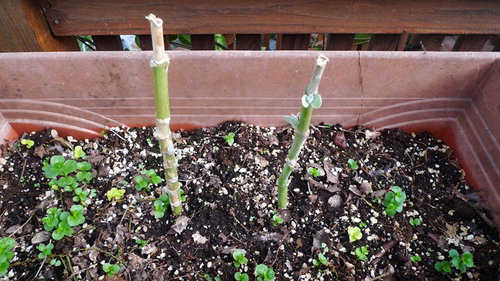
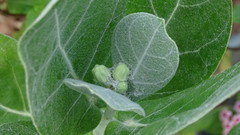

Mary LeekOriginal Author